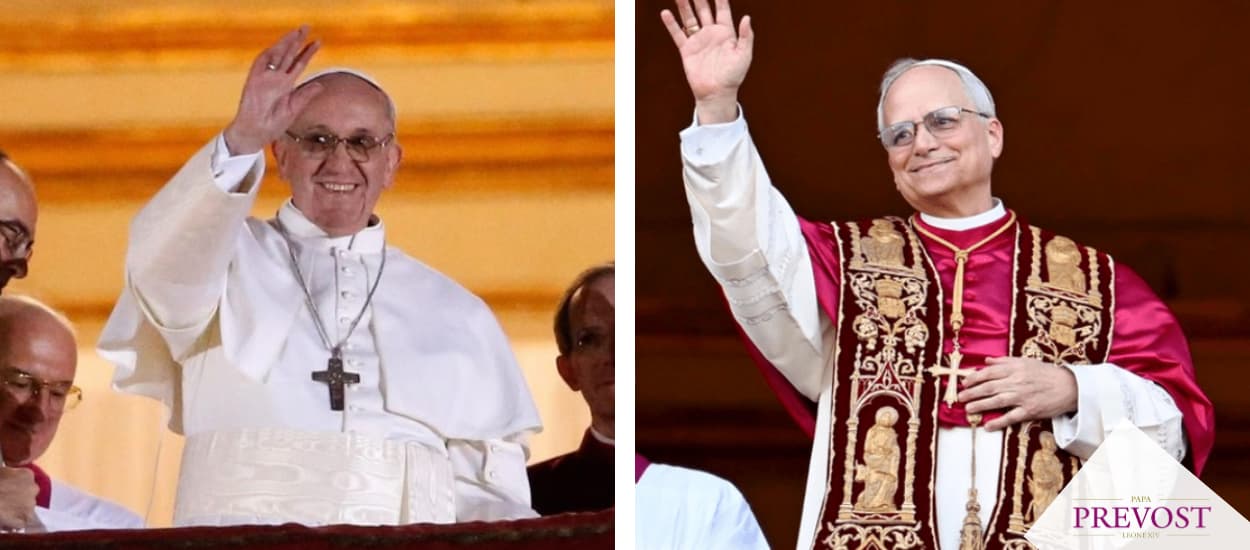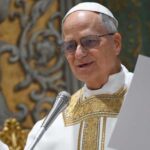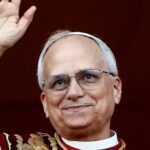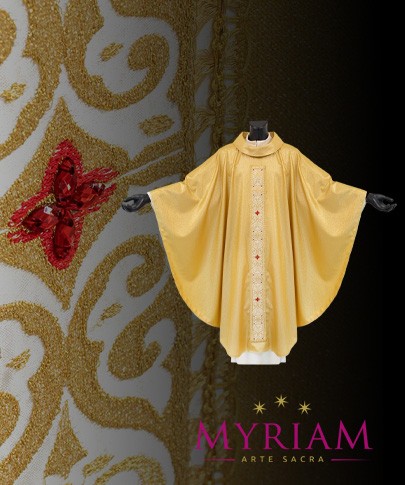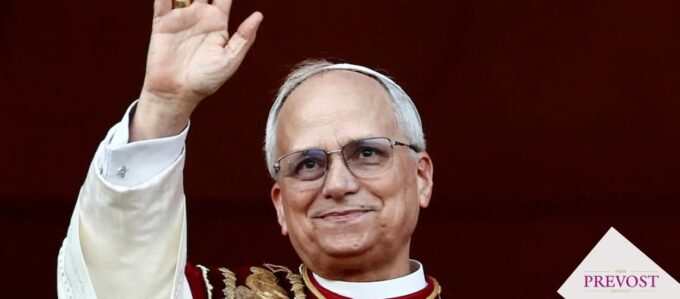The election of Pope Leo XIV, born Robert Francis Prevost, marked a significant shift compared to the pontificate of Pope Francis.
If we borrow a term from politics, we could say that both belong to the “progressive” wing of the Church. However, there are some substantial differences in their pastoral vision, communication style, political approach, and priorities.
So, what distinguishes Pope Leo XIV from his Argentine predecessor?
The differences between Pope Francis and Pope Leo XIV
Pope Francis was the first Jesuit to become Pope, a factor that strongly influenced his way of guiding the faithful and the curia. Pope Leo XIV’s life in the Church, on the other hand, comes from another religious order, the Augustinians. This is not just a symbolic difference, but one that is reflected in the spiritual and organizational approach to the role of Bishop of Rome.
The Augustinians focus on interiority, the search for truth, and communal life—values that already appear in Pope Prevost’s early gestures and words. Francis was often more direct, empathetic, and used a language closer to the common people, whereas the new Pontiff, while maintaining a warm and affectionate tone, distinguishes himself by a more sober and reflective style.
The new Pope’s positions, between reforms and current issues
In terms of political positions, Pope Francis has played a very active role in social and environmental issues. His encyclical Laudato si’ addresses the interdependence between the climate crisis of our planet and social problems, a position defined as integral ecology. Throughout his pontificate, Bergoglio has consistently taken positions on issues of utmost importance to him: migration, poverty, and inequality.
Pope Leo XIV also seems inclined to continue this line, but with a stronger emphasis on internal Church reform and intercultural dialogue, rather than a constant presence in global political debates. From his first days, references to tradition and liturgy have not gone unnoticed: clear signals that the new Pontiff wants to rediscover certain historical elements of the Church, without renouncing the engagement with the present.
Pope Francis was the first Pope to open up to LGBT rights, while remaining within the doctrine. Pope Leo XIV has not yet expressed detailed views on this subject, but the early signs indicate a position of listening—prudent, but not rigid.
No revolution is expected, but neither a rejection. It’s likely that the new Pontiff will maintain a balanced position: welcoming to people, but faithful to the Church’s traditional morality.
Another key point is the reform of the Curia. Pope Francis initiated a process of control, especially financial, simplification, and streamlining, which Pope Leo XIV seems determined to continue.
Jesuits and Augustinians: two different spiritualities
Being a Jesuit or an Augustinian is not just a matter of belonging. It is a mindset. Francis has always favored action, mission, and continuous discernment. Leo XIV, as an Augustinian, places more emphasis on meditation, inner conversion, and the community as a place of growth.
This could mean a different approach to governing the Church: more dialogical, but also more structured.
Another interesting aspect is their pastoral priorities. Francis has worked for a Church that is a “field hospital,” ready to welcome everyone without doctrinal rigidity. Leo XIV, though also open, seems to want to restore order and coherence in clergy formation and faith journeys.
His pontificate promises greater attention to doctrine, without closing the door to dialogue with the peripheries of the world and of the soul. This is also evident in his choice of name—not “Francis II,” but Leo XIV, a name that evokes a strong figure like Pope Leo XIII, who organized and attended to the structure of the Church but also emphasized pastoral activity within society.
Communication style and public image
Pope Francis made communication a strong point. He spoke directly, informally, often in spontaneous interviews. Pope Prevost prefers a more measured language, closer to the traditional magisterium, but still accessible.
In the full speech of Pope Leo XIV, one can notice particular care in the choice of words, in the reference to evangelical principles, and in the emphasis on the universal mission of the Church.
Another aspect that has struck many is the papal attire of Pope Leo XIV. He did not choose the radical simplicity of Francis, nor the baroque splendor of former times. The stole worn for the Urbi et Orbi blessing was the same one used by John Paul II and Benedict XVI: a symbol of continuity and respect for tradition. This gesture has been interpreted by many analysts as a call for the unity of the Church and the value of history.
Ultimately, the pontificate of Pope Leo XIV is shaping up to be different but not opposed to that of Pope Francis. It will be a papacy that looks to the future while valuing the history and structure of the Church. A balance between modernity and tradition, between listening and doctrine, that opens a new chapter for the Vatican and the faithful around the world.

